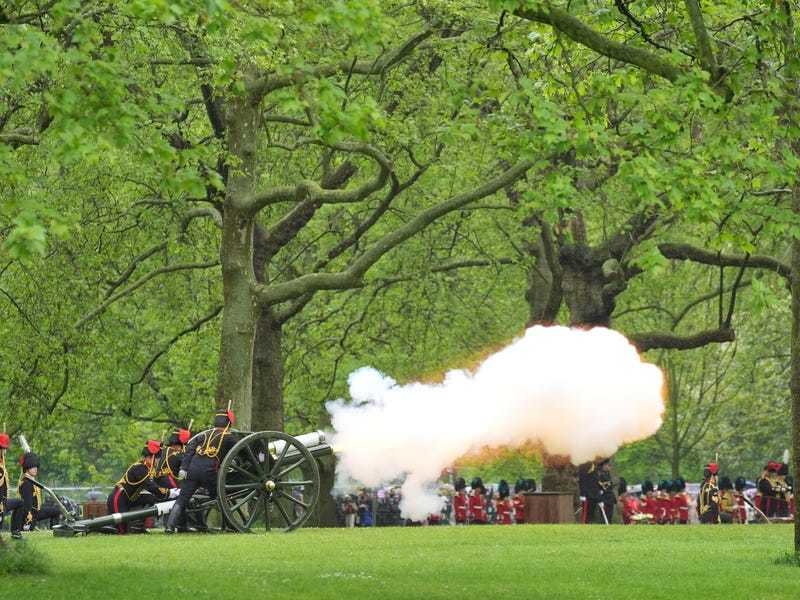By Stephen Le Quesne
BIRD migration is one of the wonders of the world, species after species flying hundreds, maybe thousands of miles to escape the winter months of the place where they breed and raise their young.
The barn swallow, the swift, the house martin – these and many other migratory birds are species that we consider our own, but we share these enchanting birds with millions of others across the globe. Migratory birds are international travellers, embarking on epic journeys, escaping many different dangers and perils to reach their final destinations. Their globe-trotting allows them to enjoy a life of eternal sunshine (mostly), but their life stories and the distances they travel mean many of these birds have become much-loved symbols of hope, of renewal, of a freedom of spirit in human history and culture.
Naturalists and bird watchers will likely have their own favourite migrant. Some may herald the chiff-chaff, the first to return in spring, or maybe the reed warbler, the secretive, unstreaked warbler who lives in reedbeds and can often be heard but never seen. For many, the swift is the champion migrant, the ultimate traveller and daredevil as it feeds, sleeps and mates in the air, only returning to firm ground when it nests. For me, however, nothing compares to the barn swallow, a bird that is so close to my heart that I am probably half swallow. At this time of year, each year, I wait impatiently for their arrival, checking the weather and noting down bird-watching records as we wait for the main impulse waves of migrants.
The barn swallow is a small bird with a dark, glossy blue back, red throat and long tail streamers. They are about 17 to 19cm in length, weigh up to 25g and eat a diet of small invertebrates which are caught in the air. Its most distinctive feature is its call, which I cannot do any justice with words. It is a high-pitched, bubbling call which starts with a long series of continuous warbling sounds followed by very quick mechanical-sounding whirrs, which almost sound like clicks.
I can be often found watching a swallow or two on their favourite perching points, calling away in the early morning or early evening. It is the true sound of spring and summer for me and I am always happy to show people these wondrous birds, often randomly speaking to passers-by about what is happening in the skies above them.
As their name suggests, the barn swallow is linked to the history of farming and barns, returning every year to the same nest, the same location, to either repair an old nest or create a new nest cup out of mud. What they need are barns, outbuildings and sheds, places with ledges that are indoors and have an easy flight path.
First to return in spring are the males, often the older and more experienced individuals who know more about their 6,000-mile journey and what is needed to survive it. The females arrive a few days later, prompting the males to sing, court and try to attract them to their patch. I had always hoped that a male and female mate for life but as their average lifespan is two years and because of the distances they travel, this is unlikely to happen. According to the British Trust for Ornithology the maximum age recorded for a swallow from bird-ringing is 11 years, one month and 11 days, which was set in 1936. This means that this individual bird would have travelled a total of 132,000 miles in its lifetime, which is about five times around the planet.
Barn swallows have a willingness, a warmth and openness to nest and forage close to people (just like the house sparrow) which has made them a part of the fabric of our countryside, of the farmyard and village life in the UK. They can often be seen swooping down our small country lanes and darting next to our tall hedgerows on warm sunny days. They fly like they have no care in the world.
As expected, swallows do have a lot to care and worry about. They are under the same pressures as many of our other wildlife species. Climate change, habitat destruction, biodiversity loss, lack of insects and the conversion of farm buildings all put pressure on this unique bird.
Now is the best time to see them, as some will use Jersey as a pitstop before they fly onwards, whereas others will be returning to Jersey as their home, hopefully with nests intact. For the next few weeks, I will be waiting impatiently for these birds to return, my binoculars and eyes glued to the sky. I hope we will all find a little bit of time to do the same and give these marvels of the air the attention they deserve.
-
Stephen Le Quesne is a naturalist, conservationist, forest school leader and nature connection advocate.






